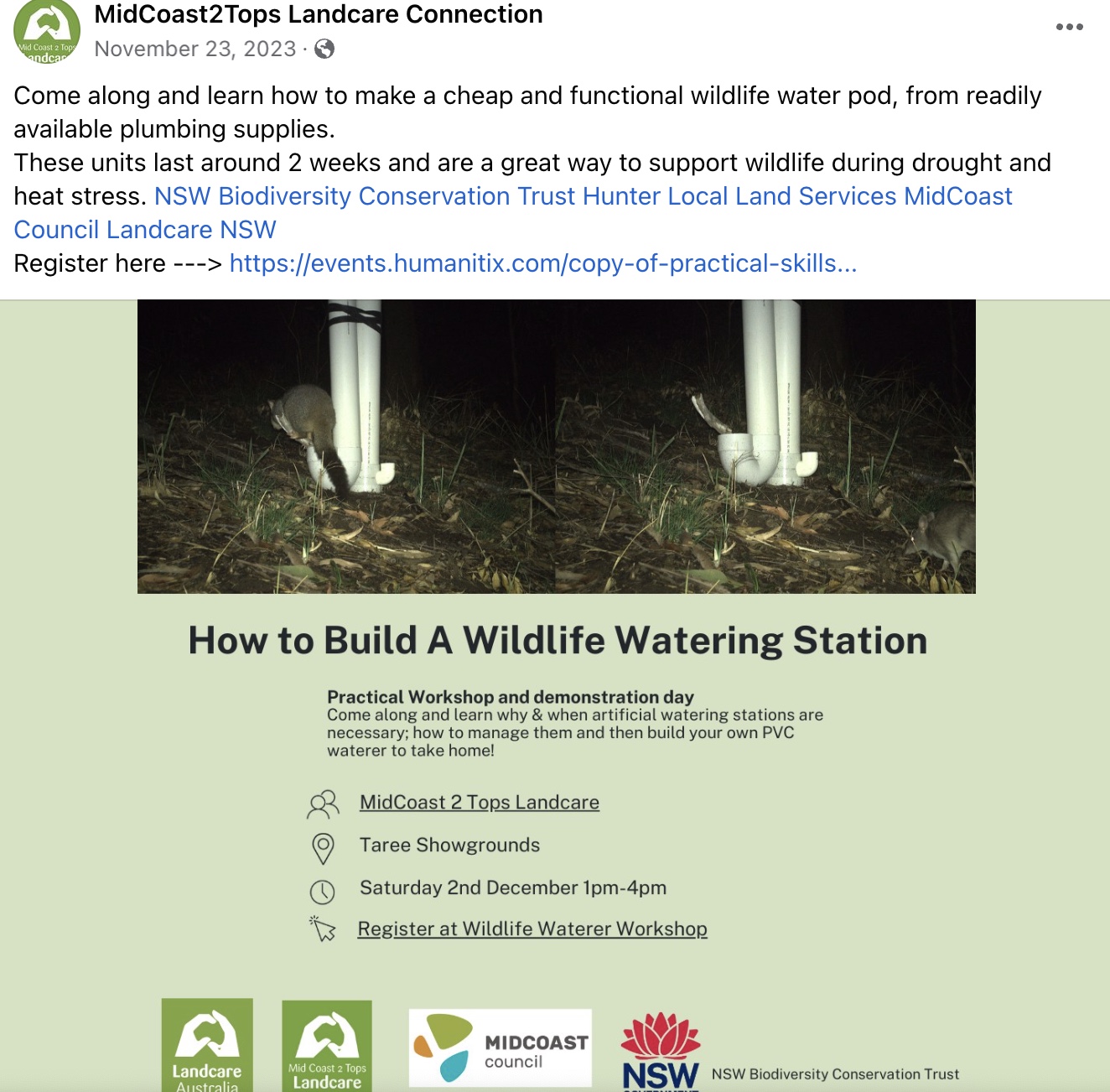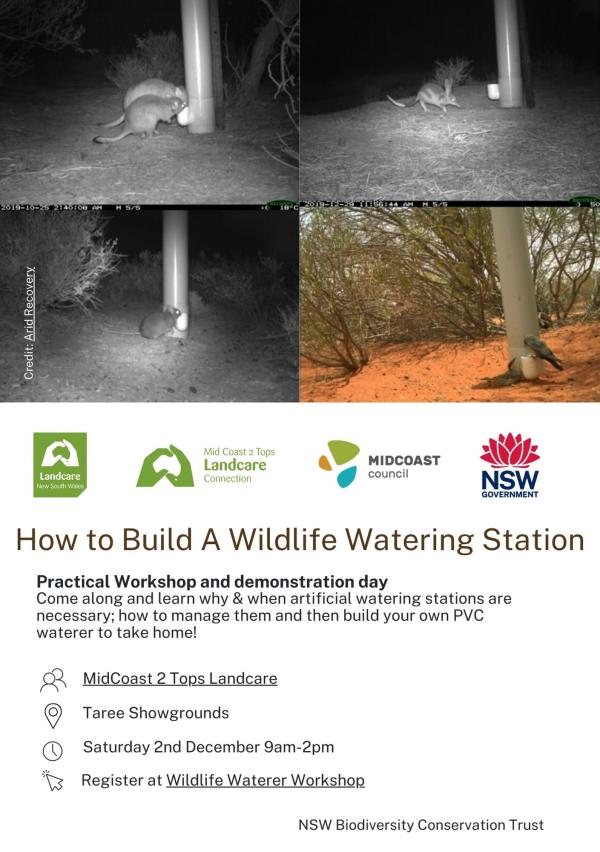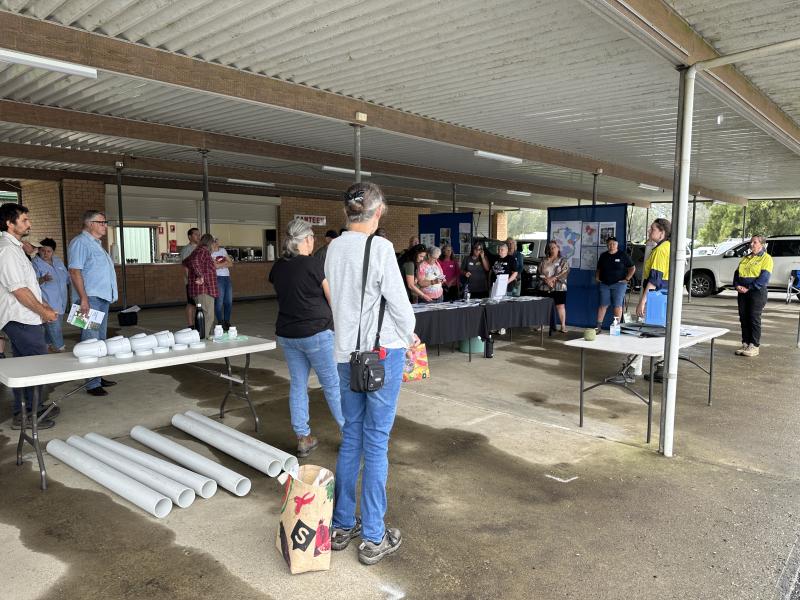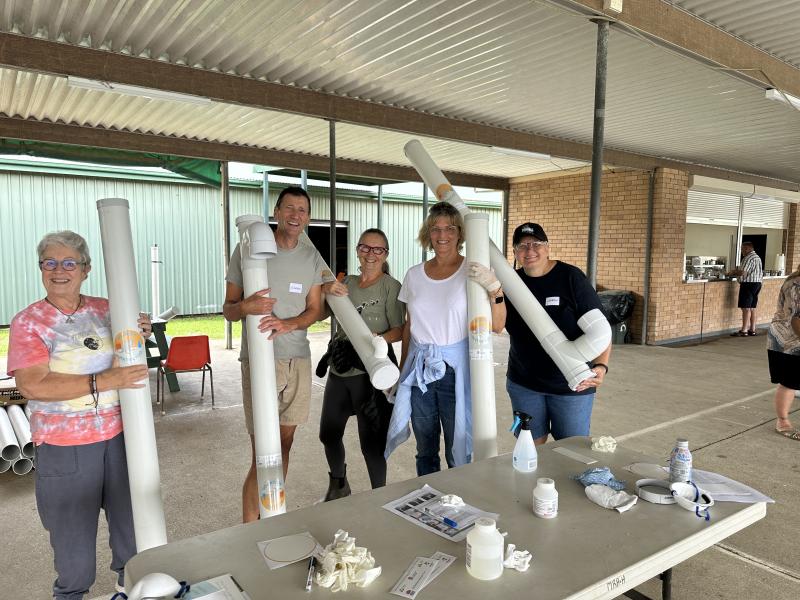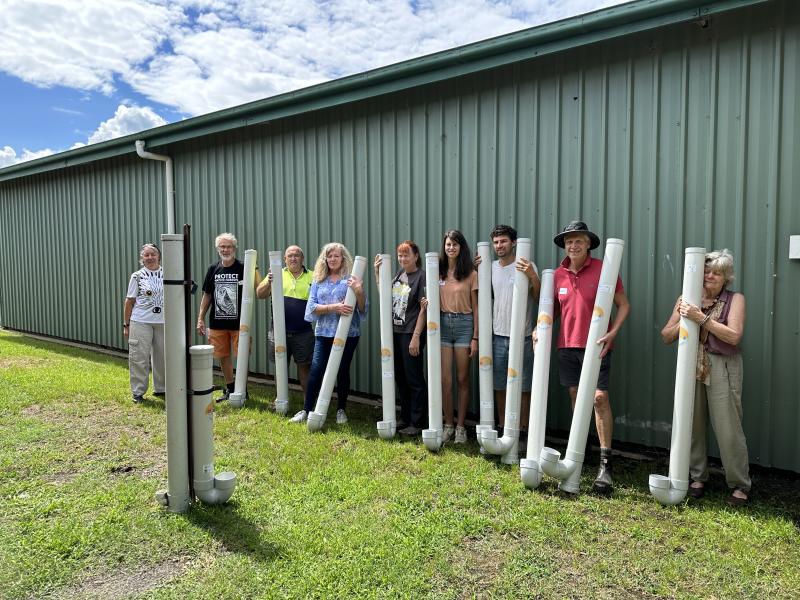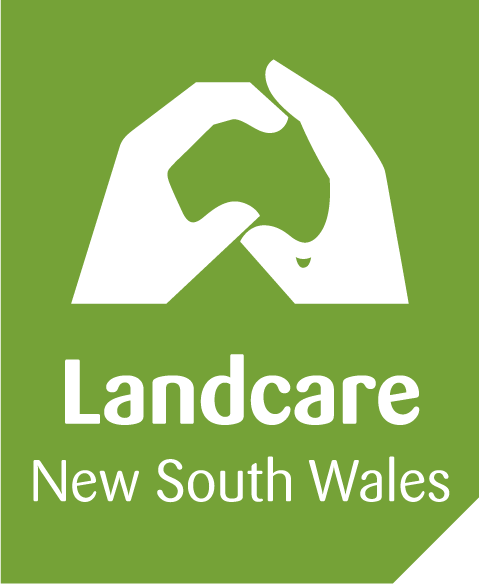Hosted by MidCoast2Tops Landcare Connection
2023 has presented new challenges for our biodiversity. After three years of torrential rain, we have been thrust into a 'snap drought' this year, and another El Nino event has been declared by the BOM. Recent strong winds have exacerbated the situation, leading to rapid evaporation of water from dams and water levels in creeks and rivers dropping rapidly.
Almost overnight, our lush verdant landscape turned dry and brown, making it hard for our ground dwelling fauna to find food and water.
Although November has brought rain for most parts of our region, we are still looking down the barrel of a hot, dry summer.
This workshop will give an overview of how landholders can support wildlife with artificial watering stations during dry and hot weather, including when and how to manage them, and what animals you might expect to see using them.
Staff from the Biodiversity Conservation Trust, MidCoast Council and Local Land Services will share their expertise in a very hands-on demonstration of how and when to install wildlife watering stations, and how to monitor them with various models of motion-sensing camera traps.
We will supply materials to build your own PVC watering station.
This is a practical, DIY workshop, so come along and get your hands dirty!
This event is possible thanks to the shared work of the NSW Biodiversity Conservation Trust and Landcare NSW under the Private Land Conservation Matters project, supported locally by MidCoast Council.
POST EVENT EMAIL
Thanks for attending our workshop on the weekend, despite some issues with the drilling, it was a great day, and I hope you all enjoyed it.
If you have five minutes to let me know your thoughts about the workshop, please go to this link and fill out a short
feedback form. My funders love to hear from you, and it helps support future funding for Landcare.
On the topic of drilling the hole for the 40mm elbow, it is best to use a 57mm hole saw (not 54mm as stated in the guideline), and centre the drill on the seam of the threaded access coupling. I have attached two photos - one showing where to position the pilot, and a close up photo of the finished product FYI. I apologise about the chaos around this element of the day, and I hope those of you who made a 40mm outlet Pod can rectify it successfully. If your Pod is completely unusable, I suggest cutting the threaded coupling off the pipe and attaching a 100mm u-bend.
I have put together some basic guidelines on how to install, manage and monitor your Pod in the field (attached). The guideline suggests removing the pod once natural water sources become available, but as Caitlin suggested on Saturday, by keeping the pod full and in the same location, wildlife will remember where it is, and return to drink from it when needed.
Also attached is the Flyer for the WIRES TreeTroff program. Or go to this link to find out more:
Water for Wildlife
We spoke a little bit about monitoring your Pod with a camera trap - attached is an excellent guide produced by Dr Paul Meek of DPI. It explains how the technology works, how best to maximise your capture with positioning, baiting and other tips and tricks in the use of camera traps. It also covers best practice for collecting data in a scientific method, which may interest some of you.
If you do manage to collect some good images of wildlife using your Pod, or other interesting nature observations, please feel free to share them with Landcare. We are always looking for landholder stories to share with our network, and people love to hear about landholder experiences and stories.
If you would like to report a Koala sighting, please register it
HEREIf you would like to report a Feral Animal sighting. please go to
FERALSCANIf you would like to learn more about successful feral animal control programs in South Australia at the Arid Recovery sanctuaries, take a look
HERE. This page has links to the very exciting (but very expensive) Felixer technology that I mentioned on Saturday.
If you have a property with more than 0.5Ha of good quality habitat and would like some advice on how to manage and restore it, consider becoming a Land for Wildlife member by filling out an Expression of Interest form
HERE
Finally, I would like to thank Sean Ploder for playing music all morning, it was greatly appreciated; thanks also to Caitlin and Sal from Council; to Wade from Local Land Services, and last but not least, to Jesse from the BCT. Your help and input both on the day and in the planning stages was wonderful.
Thanks also to co-funders and collaborators, MidCoast Council and Local Land Services; and of course, the Biodiversity Conservation Trust and Landcare NSW. Without support from all of these Agencies, these events would not be possible.
Once again, thanks for coming along on Saturday and good luck with Pods!
